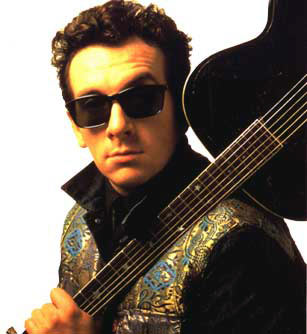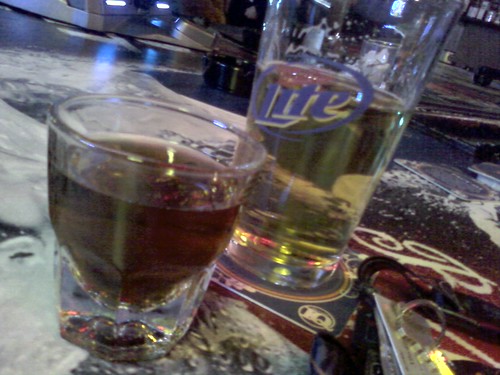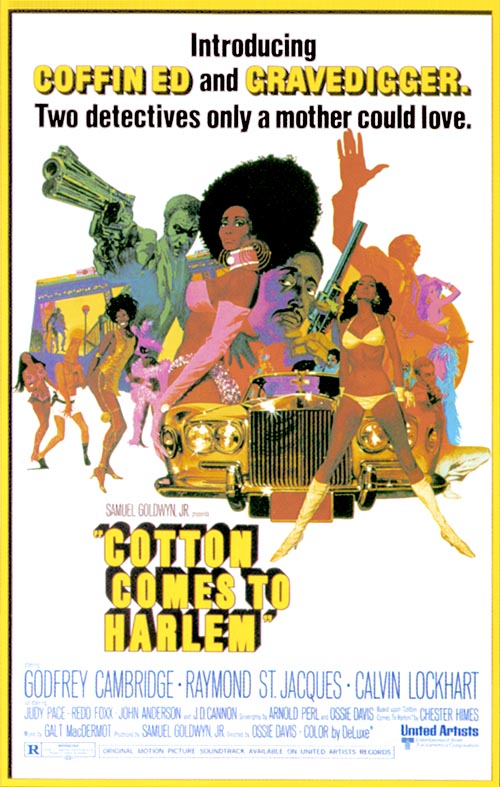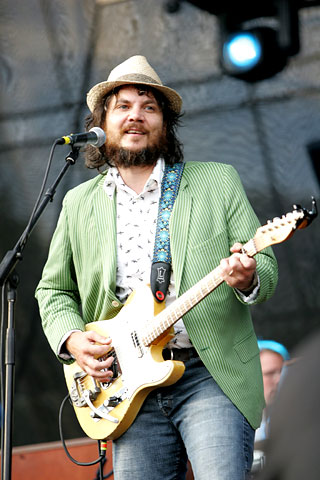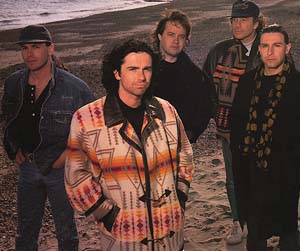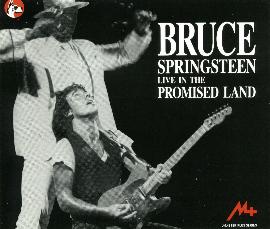
If everything goes according to plan -- note that I said "if" here -- Neil Young's ten plus years in the making Archives boxed set will finally see the light of day this upcoming Tuesday. I qualify this only because over the course of a decade long wait, Neil's fans have had to endure tease after tease about this release, only to have the mercurial artist pull it back for more of his seemingly endless tweaking.
It can be frustrating being a Neil Young fan sometimes, but we'll get to more about that soon enough.
This is not a review of the Archives box. Other than the parts that have been already released -- including the Live At Massey Hall and Live At Fillmore East sets, I've not heard a note of it, and probably wont anytime soon due to the prohibitively high cost of getting the DVD or Blu-ray versions of the ten-disc set. That is, unless any of Neil's PR people are feeling generous and would like to send one of these my way (hint, hint).
Instead, the impending release of Archives has provided your Rockologist a perfect opportunity to continue to vent about his public love/hate relationship with Mr. Young. To put things in proper perspective here, I'll first state upfront and without hesitation that Neil Young, along with Bob Dylan and Bruce Springsteen, makes up one third of my "holy trinity" of favorite artists. When he's firing on all four cylinders, I love Neil Young's music like that of few other artists out there.
Conversely, Neil Young's rather mercurial nature (and yes, I'll probably be using that word a lot here) as a bit of a musical maverick can mean years, and sometimes decades of waiting for him to "come back home" from what often seems like an endless string of those odd "experimental" albums.

The most notorious stretch where fans had to endure a decade of "weird Neil" was the eighties, but it wasn't the first. Following the breakthrough success of Harvest in the early seventies, Neil chose to make an abrupt artistic turn with the albums Time Fades Away, Tonight's The Night, and On The Beach. Those albums -- particularly the latter two -- have grown in the decades since to become essential pieces of his catalog. But at the time they first came out, they more or less left everyone from fans to the record company collectively scratching their heads in bewilderment.
Speaking of Neil Young's ability to frustrate his record company, you gotta' feel a little bit of sympathy for the raw deal that David Geffen must have felt like he got after signing Young to his then new record label in the eighties.
Coming on the heels of a commercial and artistic comeback with Rust Never Sleeps, Neil spent the next decade delivering album after album of odd experiments in techno, rockabilly, country, and just about anything but actual "Neil Young music" to his new label. Things got so bad that Geffen finally resorted to a lawsuit based on the premise that Neil Young refused to deliver product that the label could sell.
But the thing about those years of having to endure the artistic antics of "weird Neil" is that eventually he always comes back home. This certainly happened at the end of the eighties when he released the album Freedom seemingly out of a clear blue sky, just when many were ready to count him out. The album was a return to Neil's classic sound, and began a streak of great records that would continue well into the nineties, including classics like Harvest Moon and Ragged Glory.

But the thing is, if we are really being honest here, wasn't that the last run of really great music from Neil Young? The present decade, like most before it, has brought its share of both the decent and the not-so-much from the artist. Albums like Prairie Wind and Living With War certainly had their moments, but it's been a good little while now since we've seen an instant classic on the order of Rust Never Sleeps or Harvest Moon hasn't it? Meanwhile, Neil continues to put out as many goofy experiments like Greendale as he does decent, if not quite great albums.
Which may be why Neil Young has been devoting so much energy to his past lately. He still puts out new albums at a pretty decent clip. But many of these, like the recent Fork In The Road, have the unmistakable feel of being rather thrown together affairs. In the case of Fork In The Road, while it's not outright awful, I count exactly one truly great song on the entire record in "Just Singing A Song (Wont Change The World)."
In the meantime, Neil Young has spent just as much, if not more time putting out bits and pieces of the Archives box in the form of all those live albums. Meanwhile fans have patiently awaited the arrival of the complete box. Even 2007's "new" Chrome Dreams II found Neil relying on unreleased songs, which in some cases we're written decades ago.

So it's kind of as though Neil Young recognizes that the tank may be finally starting to run out of gas. In his defense -- I mean despite all the bitching here, lets not forget that I still consider myself a fan -- is the fact that Neil has rather painstakingly overseen the Archives material, and paid particular attention to ensuring the sound quality is top shelf. Although the box will also be released in CD and DVD versions, if Neil had his way you gotta figure he would have just gone with the Blu-ray.
Of course, this also means that Neil could charge his fans that much more to hear the music -- which means a fat $300 bucks in the case of the Blu-ray version of Archives.
This has been another rather sore point for Neil Young fans like me. That is, that Neil Young has become quite the born-again capitalist these past few years. He was among the first to pioneer the now common practice of charging exorbitant prices for tickets to his concerts, and continues to lead the way in doing so today. The $300. sticker on that Archives box will also be only the first of several planned volumes of the archival series (this one covers Neil's early years up through about 1972).
Neil Young himself justifies this by basically saying that he is worth it. And you wont get an argument from this fan there. As frustrating as being one of his fans can be, Neil still delivers the goods onstage every single time. I'm also not quite ready to count him out yet as far as the possibility of having one last great new album in him either.
But even my eternal fandom knows some limits, and I have to admit the last several "new" albums have tested my patience a little -- Chrome Dreams II notwithstanding.

I love Neil Young. I wouldn't have just devoted this much energy to writing roughly 1100 words about him if I didn't. But I've also got a confession to make here.
It's hard being a Neil Young fan nowadays.


